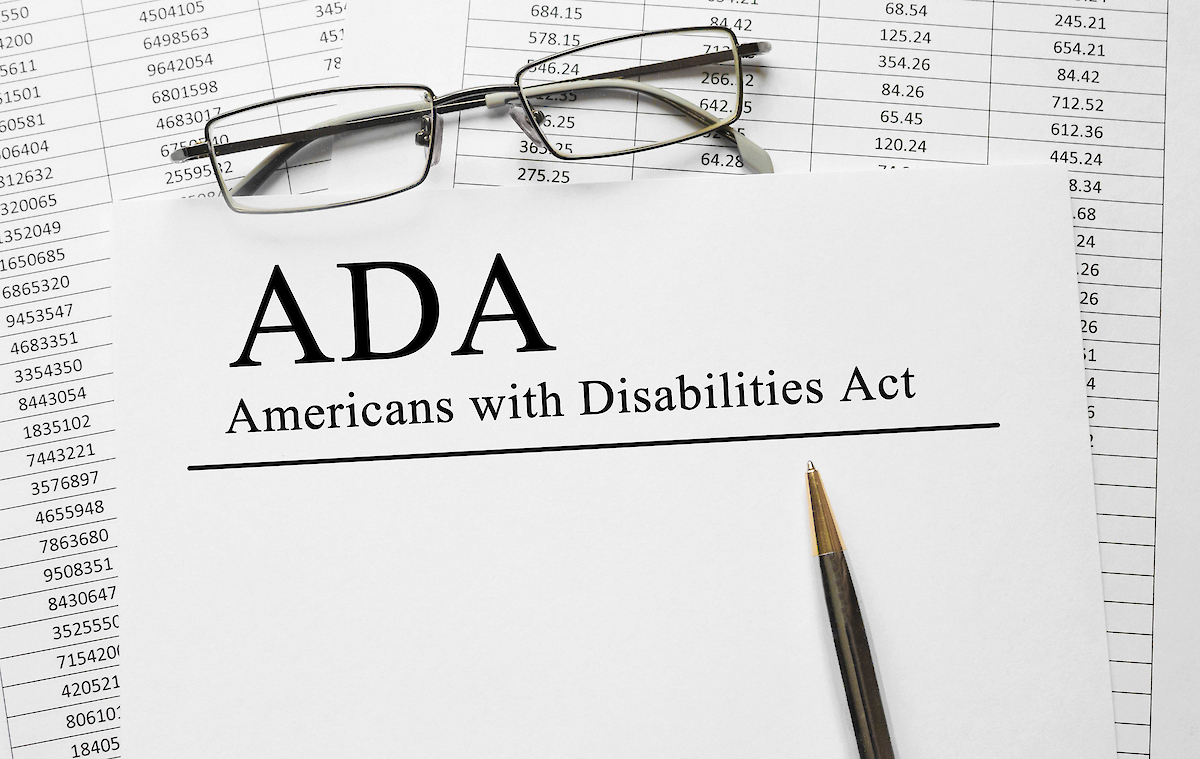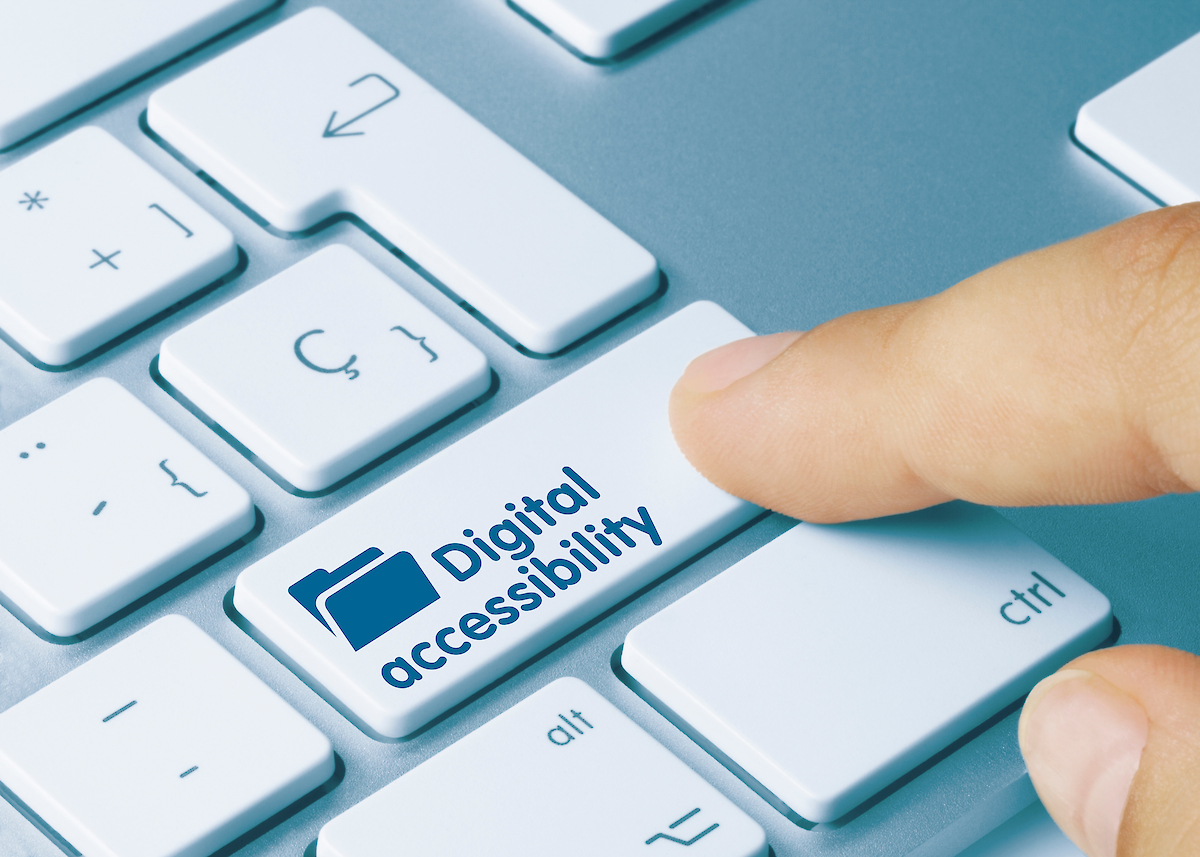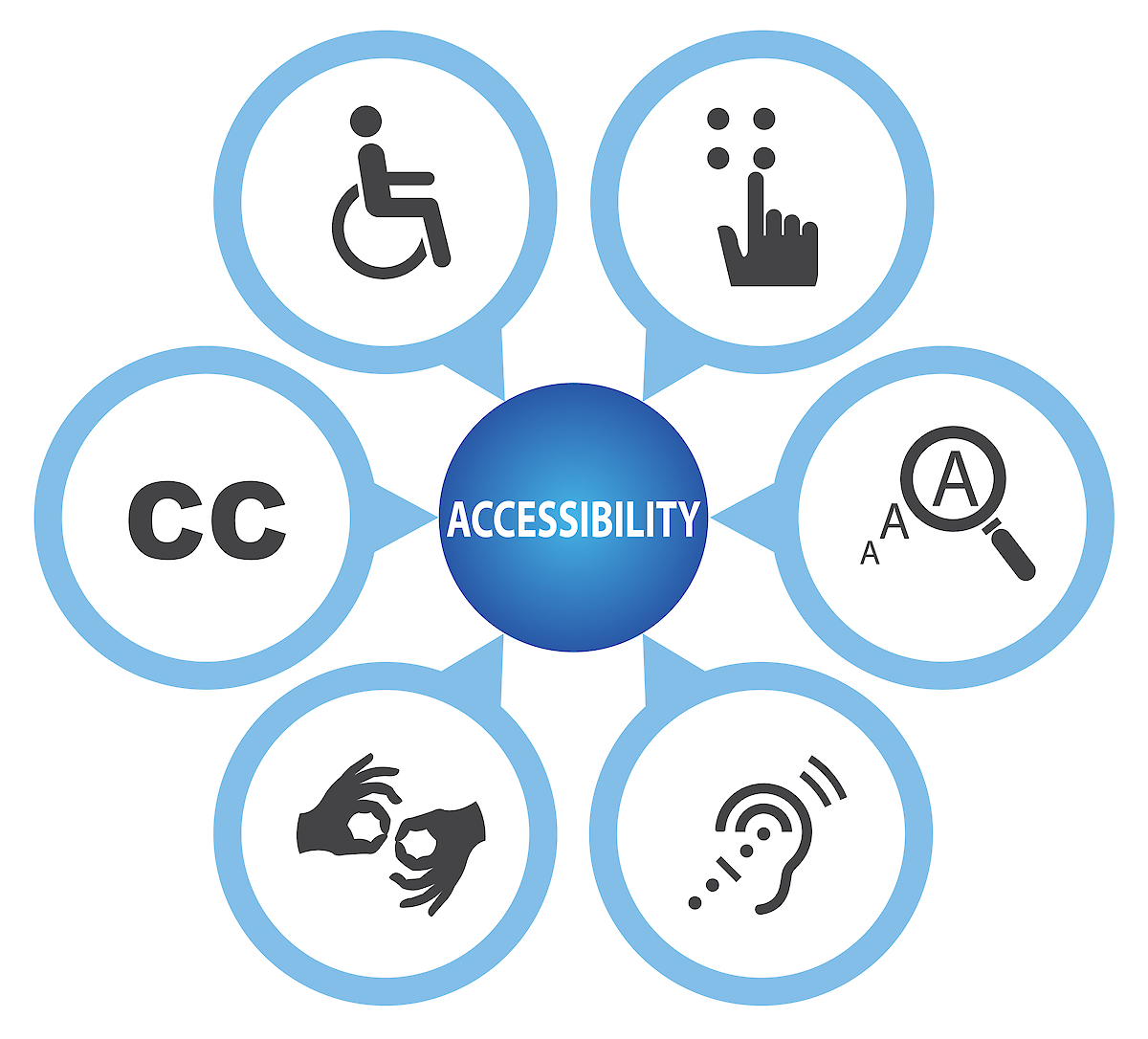Accessibility Laws for Online Learning Content: A Comprehensive Guide
news / accessibility-laws-for-online-learning-content-a-comprehensive-guide | Previous Post Next PostIn an increasingly digital world, the accessibility of online learning content has become a critical concern. As educational institutions and organizations utilize virtual learning environments, it's essential to ensure that these platforms are inclusive and accessible to all individuals, including those with disabilities. This comprehensive guide explores the key accessibility laws that govern online learning content, outlining the requirements and best practices to ensure compliance.
Online learning has revolutionized education, providing remote and flexible learning opportunities. However, this shift has also brought attention to the need for equal access to education for all individuals, including those with disabilities. Several accessibility laws and guidelines have been established to ensure that online learning content is accessible to everyone.
Understanding Online Accessibility Laws
The legal landscape surrounding online accessibility is evolving, and several laws and regulations apply to ensure that individuals with disabilities can fully participate in digital spaces. The primary laws that impact online learning content include:
The Americans with Disabilities Act (ADA) - Title II

The ADA prohibits discrimination against individuals with disabilities and requires that public and private entities make their services, including digital platforms, accessible. Online learning platforms fall within the purview of the ADA, and institutions must ensure that their content is usable by individuals with disabilities.
Web Content Accessibility Guidelines (WCAG)

While not a law itself, the WCAG provides guidelines developed by the Web Accessibility Initiative (WAI) of the World Wide Web Consortium (W3C). These guidelines offer a comprehensive framework for creating accessible web content, including online learning materials. As of August 2023, the WCAG Version 2.1 is proposed to be included in the ADA Title II as the standard for web content for all state and local governments. Though this update, if passed, will take a few years to implement, it signifies the ever-changing and improving landscape of accessibility.
Section 508 of the Rehabilitation Act

Section 508 mandates that federal agencies and organizations that receive federal funding make electronic and information technology accessible to people with disabilities. This requirement can include online learning content provided by educational institutions and government entities, especially when they receive funding from grants such as the Assistive Technology Grant.
Individuals with Disabilities Education Act (IDEA)

IDEA ensures that students with disabilities receive a free, appropriate public education. With the rise of online learning, schools must ensure that digital educational materials are accessible to students with disabilities and that accommodations are provided.
Impact on Online Learning Platforms
The implications of these laws for online learning platforms are significant. Institutions must design their platforms with accessibility in mind, ensuring that content is perceivable, operable, understandable, and robust for all users.
Best Practices for Accessibility
Creating accessible online learning content requires a proactive approach. Here are some best practices to consider:
Ensuring Multimedia Accessibility
- Provide closed captions for videos to assist individuals with hearing impairments.
- Include alternative text for images, allowing screen readers to convey visual information to visually impaired users.
Training and Awareness
- Educate content creators, educators, and platform administrators about accessibility principles and techniques.
- Foster a culture of inclusivity and accessibility within the institution.
Monitoring and Continuous Improvement
- Regularly audit online learning content for accessibility compliance.
- Address any identified accessibility issues promptly and systematically.
Legal and Reputational Consequences
Non-compliance with accessibility laws can result in legal actions, including lawsuits and financial penalties. Moreover, institutions failing to provide accessible content risk damage to their reputation and the loss of potential students and learners.
Benefits of Accessibility
Embracing accessibility in online learning content brings various benefits, including:
Inclusivity: All learners can access and benefit from educational content regardless of their abilities.
Diversity: An inclusive environment fosters diverse perspectives and experiences among learners.
Legal Compliance: Institutions avoid legal complications and demonstrate their commitment to equal access.
Online learning has the potential to empower individuals worldwide with quality education. However, this potential can only be fully realized when accessibility is a core consideration. By understanding and adhering to accessibility laws and guidelines, educational institutions can create an inclusive and enriching online learning experience for everyone. For a more inclusive and accessible future of education, it's imperative to prioritize online accessibility laws in developing and delivering digital learning content. If you are interested in learning more about accessibility for people who are deaf or hard of hearing in education, the workplace, or just in general, we'd be happy to help! All of our products, from our caption encoders to our automated captioning systems, are designed to help make the world a more accessible place.
FAQs
Q: Are private educational institutions also required to comply with these accessibility laws?
A: Yes, both public and private educational institutions must ensure their online learning content is accessible, specifically regarding ADA regulations.
Q: What if an institution cannot immediately achieve full accessibility compliance?
A: Institutions should strive for progress. Taking active steps toward accessibility and demonstrating a commitment to improvement is essential.
Q: Are there tools available to help assess the accessibility of online learning content?
A: Yes, there are automated accessibility testing tools and manual evaluation techniques that can assist in assessing content.The ACE series, for example, is one accessibility tool that can be used to help create more accessible video content using speech-to-text technology.
Q: How can educators support students with disabilities in online learning environments?
A: Educators can provide flexible formats for content delivery, offer additional resources, and be responsive to individual accommodation needs.
Q: How can institutions stay updated with evolving accessibility laws and guidelines?
A: Institutions can regularly review official government websites and organizations dedicated to web accessibility for the latest information.